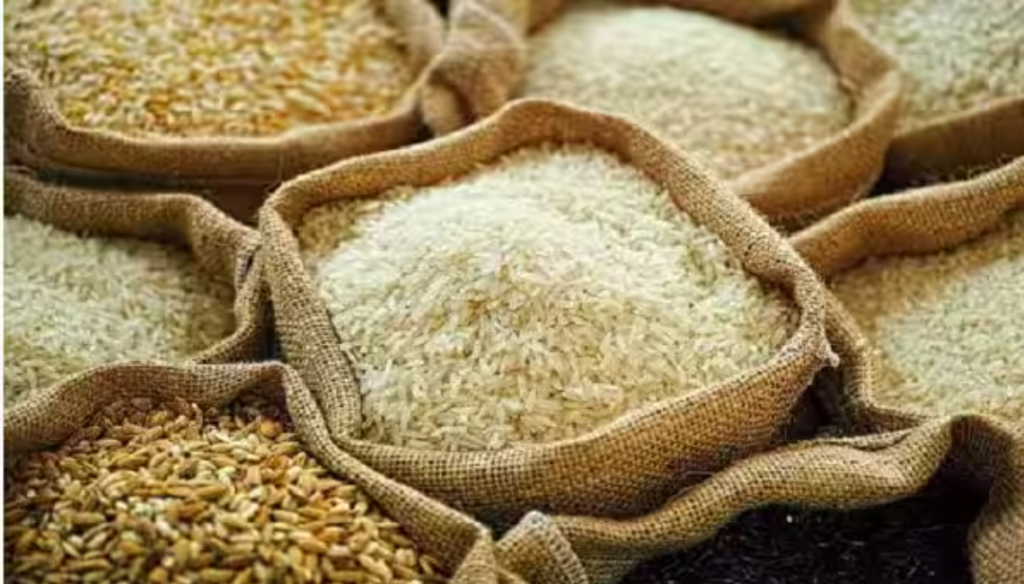Rice prices worldwide are at their highest level since 2011
The UN’s Food and Agriculture Organization (FAO) reported that global rice prices experienced a significant increase, with the All Rice Price Index rising by 2.8 percent on the month and 19.7 percent on the year. This surge in prices was driven by India’s decision to prohibit non-parboiled Indica rice exports, leading to expectations of greater sales from other origins. Additionally, seasonally tighter supplies and Asian purchases further contributed to the upward pressure on rice prices.

The rise in rice prices is a cause for concern, as it can have serious implications for food security, especially for the poorest populations, who spend a significant portion of their income on food. FAO warned that export restrictions can have lasting adverse effects on production, consumption, and prices, potentially exacerbating domestic inflation in many countries.
In addition to rice, global food commodity prices as a whole increased in July. The FAO Food Price Index, which tracks changes in international prices of globally-traded food commodities, rose by 1.3 percent from the previous month. The increase was driven by a significant jump in the FAO Vegetable Oil Price Index, which had been declining for seven consecutive months until July. The rebound in sunflower oil prices, along with concerns over output prospects in leading producing countries for palm, soy, and rapeseed oils, contributed to the rise in the Vegetable Oil Price Index.
International wheat prices also saw a 1.6 percent increase, the first monthly rise in nine months. This was due to uncertainties surrounding wheat exports from Ukraine and continued dry conditions in North America. The termination of the Black Sea Grain Initiative by Russia also impacted international grain prices.

